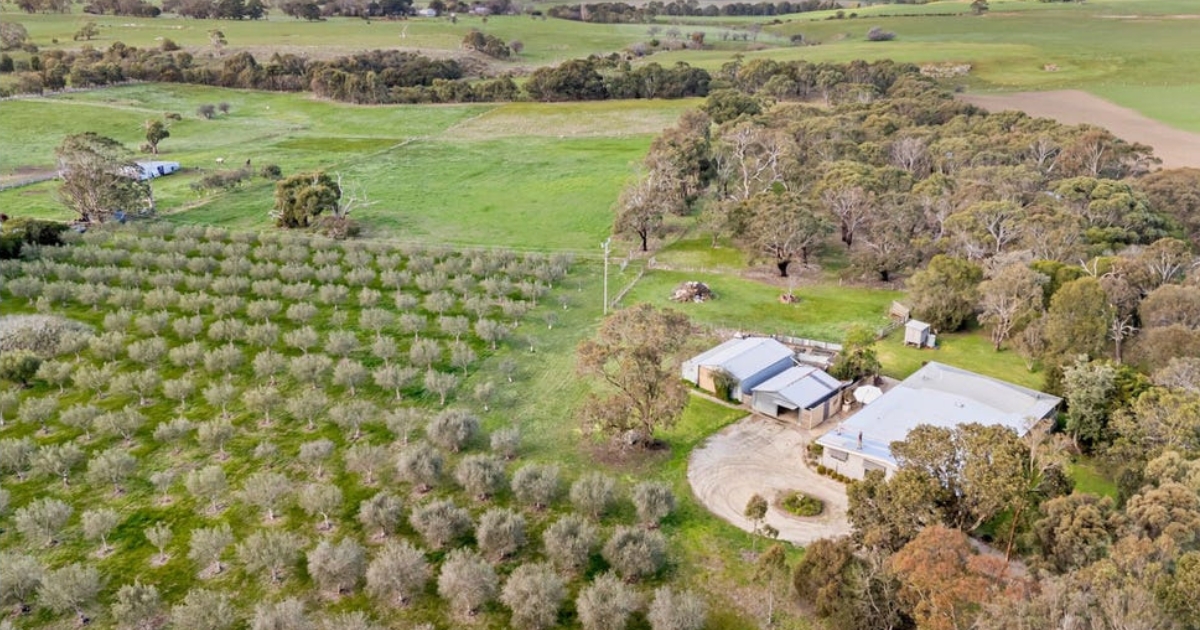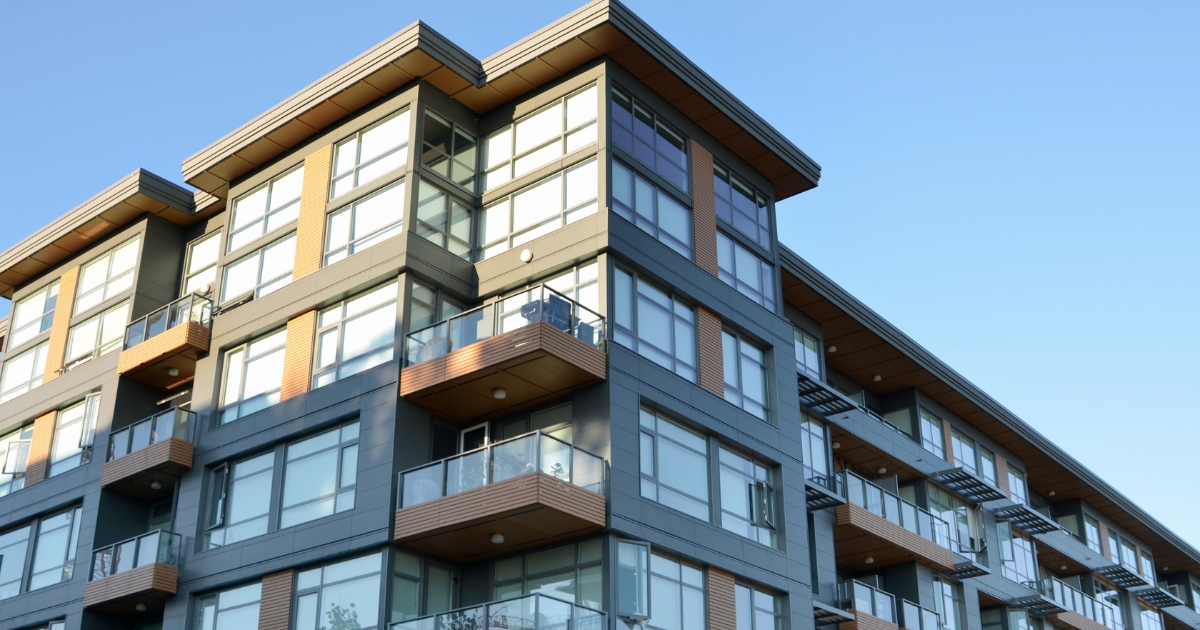From Boom to Doom… but is it really that bad?

CoreLogic’s research director Tim Lawless says that overall, it’s hard to see a scenario where Australian housing values could fall off a cliff.
WITH CoreLogic’s TIM LAWLESS WITHOUT a doubt, housing risks are heightened relative to a year ago with dwelling values slipping lower nationally (down 2% since peaking in September last year), mortgage rates are edging higher (up by around 15 basis points from three of the four major banks announcing a rate rise in September) and mortgage arrears have moved off their record lows (but still only around 0.6% of all mortgages are 90+ days in arrears).
All this against a backdrop of record high levels of household debt (the ratio of disposable income to household debt reached 190% in March this year), increasing levels of housing supply and rising domestic and global uncertainty.
It should come as no surprise that some commentators are forecasting a substantial reduction in dwelling values.
We saw similar forecasts during previous downturns from the likes of Steven Keen, Harry Dent and Jeremy Grantham as well as many others.
The most recent dire prediction to get mainstream airplay was from Martin North predicting a 40-45% fall in dwelling values; albeit with only a 20% chance of this occurring.
Since airing on 60 Minutes, the segment titled ‘Bricks and Slaughter’ has seen the two primary experts featured, Martin North and Louie Christopher, clarifying their televised comments which were apparently presented in an unbalanced context: a presentation of the worst case scenario with no regard for the most likely outcome.
If we look at the current downturn in Australian housing, the trajectory of decline is actually quite unremarkable.
Australia’s largest housing market, Sydney, has seen values fall by 5.6% since peaking in July last year; a trajectory that is straight down the middle of previous downturns.
During the GFC, Sydney dwelling values fell by 7.0% in the space of twelve months, and the downturn before that (2003 2006) saw values fall 7.1% over the same number of months.
Australia’s second largest city, Melbourne, has seen values falling since November last year. Since that time the market is down a cumulative 3.5% and the descent has generally been milder relative to previous downturns.
Even in markets where values have been falling consistently for more than four years on the back of a material weakening in economic and demographic conditions, we haven’t seen values fall by anywhere near 40%.
Perth dwelling values peaked in 2014 and have fallen by 12.6% and in Darwin where conditions have been even tougher, dwelling values are down 21.8%.
Recently released housing value forecasts from Moody’s Analytics certainly paints a less gloomy picture of housing markets over the coming years.
While, growth is forecast to be subdued relative to previous years, the forecast is for a relatively mild downturn, with national house and unit values returning to mild positive annual growth by the middle of 2019.
Overall, it’s hard to see a scenario where Australian housing values could fall off a cliff.
For this to happen we would need to see a material about face in labour market conditions, a global shock or a material rise in interest rates – none of which seems to be a likely outcome at the moment.


















